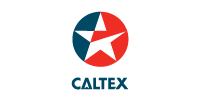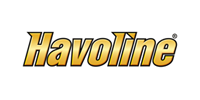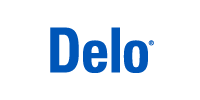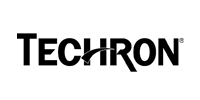Coolant System Maintenance: A Balancing Act


Whether it is an off-highway, on-highway or even a stationary heavy-duty industrial equipment, carrying out an adequate coolant system maintenance program is essential to ensuring optimum performance and long-term durability of your equipment.
Quite obviously, within that maintenance program, the most critical considerations are the antifreeze and coolant itself. It is essential to ensure you are using the perfect balance of glycol (antifreeze agent) and water to mitigate any risk of boiling over or freezing.
To give you context, whether you are using distilled water and either propylene or ethylene glycol or binary liquids (coolant) – the freezing point will be determined by the mixture of these two elements. As you might remember from science class, water freezes at 0˚ Celsius or 32˚ Fahrenheit and boils at 100˚C or 212˚F. However, a mixture of 50/50 glycol and water will raise the boiling point to 106˚C or 223˚F and lower the freezing temperature to -37˚C or -35˚F. Basically, the higher the proportion of glycol in the mixture, the higher you will push the boiling point and lower the freezing point. Another factor that influences the boiling point is the radiator cap pressure variation.
We just spoke about all of that in detail to emphasize the importance of making sure your coolant has the optimal boiling and freezing point to match with your atmospheric and operating conditions. This can, as we explained earlier, be controlled by the concentration of glycol in the system.
Hydrometers and refractometers are typically used to determine the concentration of glycol in coolant systems. While most service mechanics will use a hydrometer, refractometers are known to be more accurate and can be used for both types of glycol.
Figuring out exactly how much water or glycol to drain or add can however be challenging since these tools will only give you a reading on the concentration of glycol in relation to the water content. And so, it will take a bit of hit and trial to figure out the optimal concentration.
Chevron comes to the rescue with this conundrum by providing a Coolant Maintenance Kit that has charts to take some of the rough guessing out of the process.
We are also currently working on a concept app, which is a tool that will completely take the guesswork out of this process. Once this tool is available, all you would have to do is plug in your refractometer numbers, the volume of your coolant system and the freeze point goal on your smartphone to get an accurate recommendation on how much glycol or water to drain or add.





























